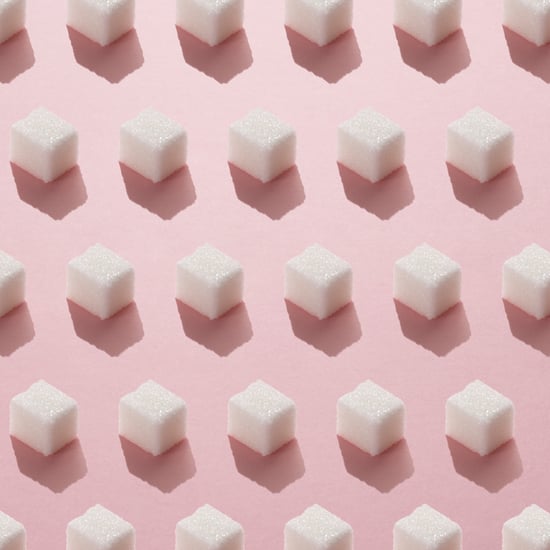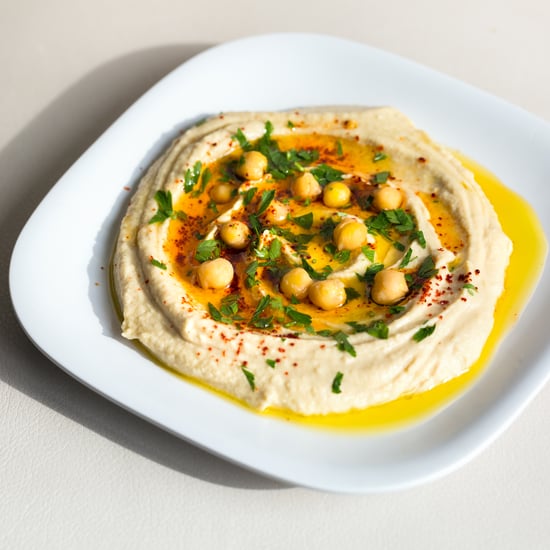What's the Difference Between Wild and Farmed Salmon?
Turns Out Farmed Salmon Isn't as Bad as We Once Thought — Here Are the Nutritional Facts
![]()
Whether or not you consider yourself a health nut, you're probably aware of the hot debate revolving around the health benefits of farmed vs. wild salmon. We fitness people are passionate about a lot of things, like making sure your chest touches the ground when you do burpees, and we're even more passionate about the foods we choose to fuel our bodies with. When it comes to salmon, some say wild is the only type you should be eating while others say farmed salmon is OK. Here's what you actually need to know about salmon in order to make an informed decision for yourself.
Benefits of Salmon
Whether farmed or raised, salmon is an excellent source of omega-3 fatty acids, essential fats the human body cannot produce on its own. According to the National Institute of Health (NIH), "Omega-3s are important components of the membranes that surround each cell in your body." You can get omega-3 fatty acids by eating foods like fish, vegetable oils, nuts, flaxseed, flaxseed oils, and leafy vegetables. Omega-3 fatty acids also provide calories, giving your body energy, and "have many functions in your heart, blood vessels, lungs, immune system, and endocrine system," the NIH reported.
The Difference Between Farmed and Wild Salmon
To the eye and tongue, it's rather hard to differentiate between farmed and wild salmon. Both types of salmon have similar nutrient profiles with the main differences between the two are where they live, what they eat, and their seasonal availability. "Farmed Atlantic salmon are hatched, raised, and harvested under controlled conditions and available fresh year round," said Pamela Tom and Paul Olin of the University of California Sea Grant Extension Program. Wild salmon, on the other hand, are found mostly in the North Pacific and are harvested by fishing from June to September.
What Farmed and Wild Salmon Eat
When it comes to diet, there are a few key differences between what farmed and wild salmon eat. "Both farmed and wild salmon need a balanced diet of protein, carbohydrates, fats, vitamins, minerals, and pigments," said Tom and Olin. Wild salmon eat zooplankton and fish and farmed salmon are fed fish meal, fish oil, and other land-based protein sources. Astaxanthin is a part of the vitamin A family and is an essential nutrient that salmon cannot produce and get from their prey and feed. Astaxanthin is responsible for the ovarian development, hatching, survival, growth, and respiration of salmon and is what causes the reddish-orange colour of the flesh. As you may have noticed, the colour of salmon can vary from rosy-pink to red and is determined by the amount of astaxanthin in the salmon's diet.
The Nutritional Information of Farmed and Wild Salmon
The following nutritional information was obtained from the USDA and compares 100 grams of farmed and wild salmon cooked under dry heat. As you can see, the nutritional differences between farmed and wild salmon are minimal. Wild salmon is slightly higher in the amount of protein, whereas farmed salmon has a slighter higher amount of saturated fat and omega-3s.
Type of Salmon
Calories
Protein (g)
Fat (g)
Saturated Fat (g)
Sodium (mg)
Cholesterol (mg)
Omega-3 (g)
Farmed Atlantic
206
22.1
12.3
2.5
61
63
2.1
Farmed Coho
178
24.3
8.2
1.9
52
63
1.2
Wild Chinook
231
25.7
13.3
3.2
60
85
1.7
Wild Sockeye
216
27.3
10.9
1.9
66
87
1.2
Wild Coho
139
23.4
4.3
1.0
58
55
1.0
Wild Pink
149
25.5
4.4
0.7
86
67
1.3
Wild Chum
154
25.8
4.8
1.0
64
95
0.8
At the end of the day, it doesn't make that big of a difference whether or not your salmon is farmed or wild. Some people's decisions are based off of ethical reasons, specifically how the salmon was raised and fed, and in this case opt for wild salmon over farmed salmon. If eating farmed salmon is a better fit for your budget or easier to find at your grocery store, go ahead and buy it. And remember, the 2015-2020 Dietary Guidelines for Americans recommend eating eight ounces of seafood or more a week.






